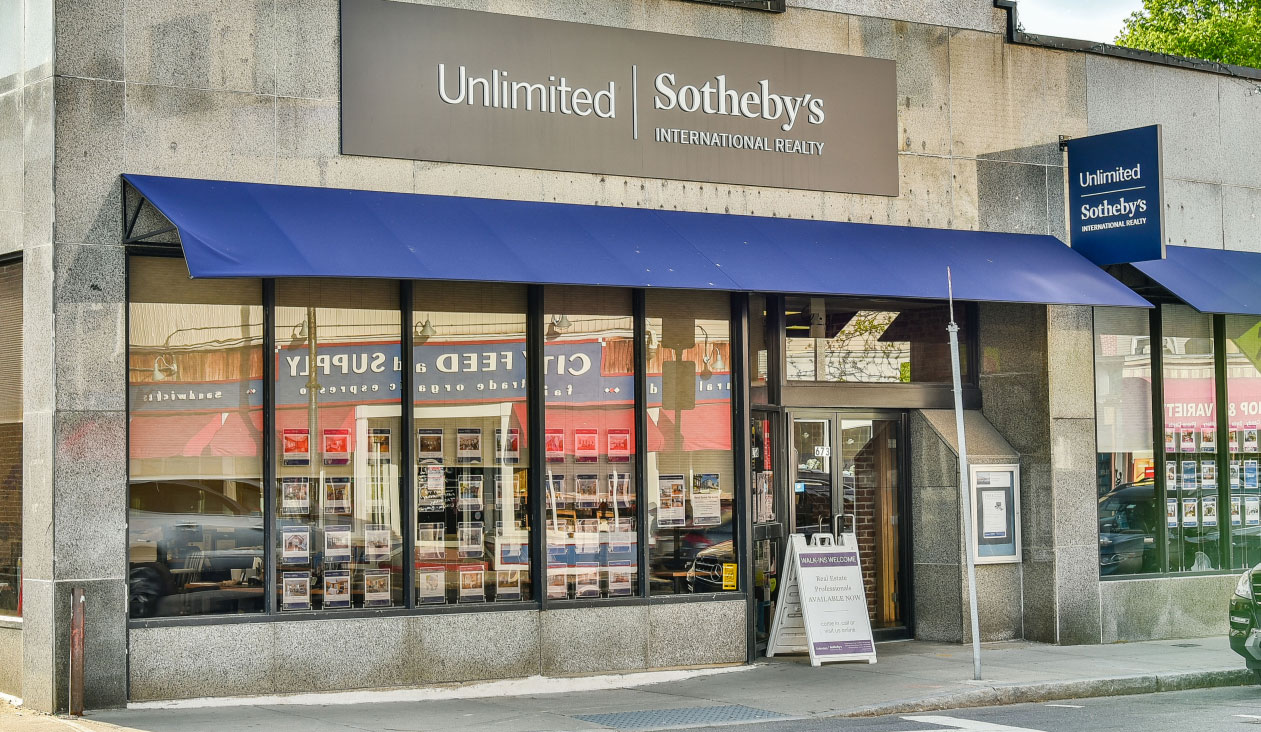Sometimes it’s wise to price low in order to go high. When we dropped the listing price from $445K to $425K, the home sold for $475K.
Over the past five years, Boston area real estate has been in steep demand, with unprecedented competition among homebuyers and continuous increases in home values.
In sought-after locations like Boston’s Jamaica Plain, inventory–or the availability of homes–and buyer competition remain tight year-round. Even during the typically “slower” winter months, homes for sale will receive multiple offers in a very short time frame.
But even in a tight market environment, timing and price sensitivity still prevail. What buyers will pay–or compete for–always depends on:
- a home’s location, condition, and amenities;
- and the cost of their alternatives, whether that be other places to purchase or to rent.
The impact of timing on the home market
A buyer’s alternatives hinge on timing:
- When do they need to move?
- When are most home buyers searching? (Read: when is competition, i.e. other buyers, looking?)
- Why does the fall market tend to be quieter than the spring? (Hint: it’s not only about the weather!)
The timing of those factors can significantly drive demand. In Boston, much of the market’s timing relates to the area’s lease-renewal cycle and the academic year: June and September.
Since timing can have a big impact, I always reserve the option with my sellers to refine and confirm our listing price a day or two before launching our listing.
A recent summer sale illustrates this perfectly.
Deciding on a price
We brought my seller’s condo to market just after the July 4 weekend, and priced it according to what I knew similar units were listed for when they quickly went under contract in June.
I had some hesitations about the listing price, given that the location feels like a main road (not a side street), and that my seller was just in the process of legally establishing a parking space for her unit in the association’s master deed.
But the unit did have something special: exclusive rights to extend its back deck over the top of an adjacent carport on the property (essentially, rights to build a private roof deck over a garage).
Given that, I priced it on the higher end of the range I’d been considering: $445,000.
Buyer response
We did not receive an offer in the first weekend. That’s notable for Jamaica Plain: as long as a property is priced appropriately, it tends to go under contract quickly.
But this unit was on the first floor on a main road, did not have a yard, and the dated kitchen layout was not easy to open up. Buyers didn’t feel an urgency to pounce at that price. In other words, there was no current need at that price for what that home offered.
- Many of the visitors were just beginning their search (presumably after their new lease signing in June and weren’t in a rush).
- Some were investors just checking out the inventory ahead of the coming fall/winter season.
- Others were looking for a certain something in that price range, and this wasn’t it (it was a first-floor with no yard, on a main road; and the dated kitchen layout was not easy to open up).
Mid-week however, we did receive an offer at asking price with very strong financing and an aggressively short closing timeline: these buyers were relocating from abroad and needed a home immediately.
Unfortunately, within a couple of days, they withdrew their offer. They brought in a contractor to take measurements for expanding that back deck (a real draw for them). The contractor determined that current building code wouldn’t actually permit the expansion that the master deed allowed.
Pricing is a position
This news changed our selling proposition: still a first-floor on a main road with an odd kitchen layout; parking in the works; but no specially deeded private exterior space.
My seller and I had a frank conversation about our options. My recommendation was to adjust our listing price to the beginning of the range I’d initially be considering: $425,000.
This represented a $20,000 reduction but I felt confident this amount was the “floor” price: the entry price at that moment in the season.
That is, this was the entry price at that moment in the season for buyers who would find the home appealing enough to compete for it.
I reminded my seller that a listing pricing is always a position: a number to attract a specific market response.
At this point in the summer, if we held another weekend of open houses at that initial price of $445,000 and didn’t receive an offer, we’d be wading into the notoriously quiet month of August, when many buyers—and real estate agents—take off for their last chance at vacation.
My seller completely appreciated the rationale of repositioning the listing and not letting any more time pass.
The $50,000 result
We adjusted the price to $425,000 and held open houses the following weekend. Four offers came in at or above asking price and my seller chose a buyer whose offer was $475,000.
That’s $30,000 higher than the initial buyer’s offer who walked away.
In this case, we had to go lower in order to go high–and to attract a market response where my seller had a choice of capable buyers, rather than banking on just one who was desperate.
Understanding the timing was part of it: we needed to avoid the August lull; and we needed to attract the buyers who, at that point in the season, were ready to compete. That listing price happened to be lower than it would have been in June, but it got better results.

